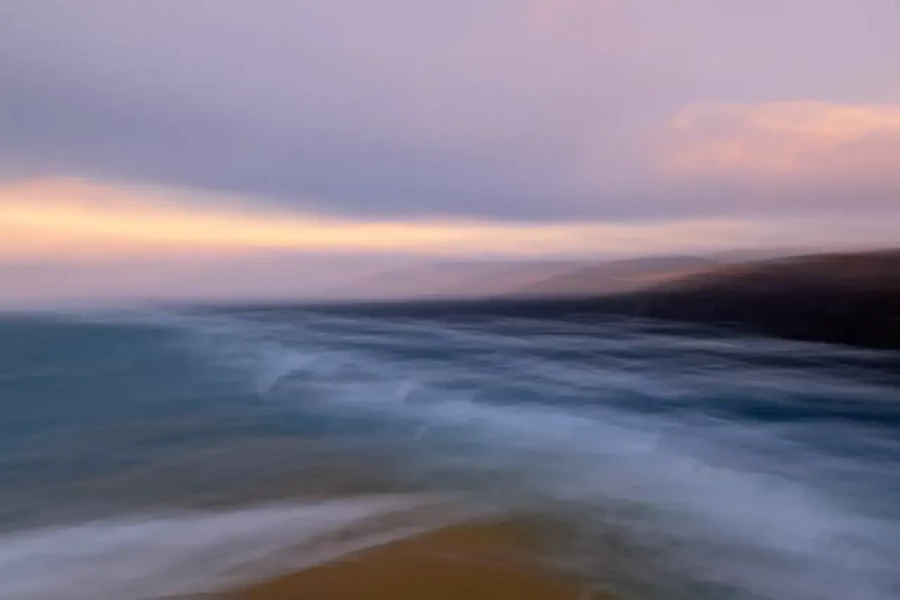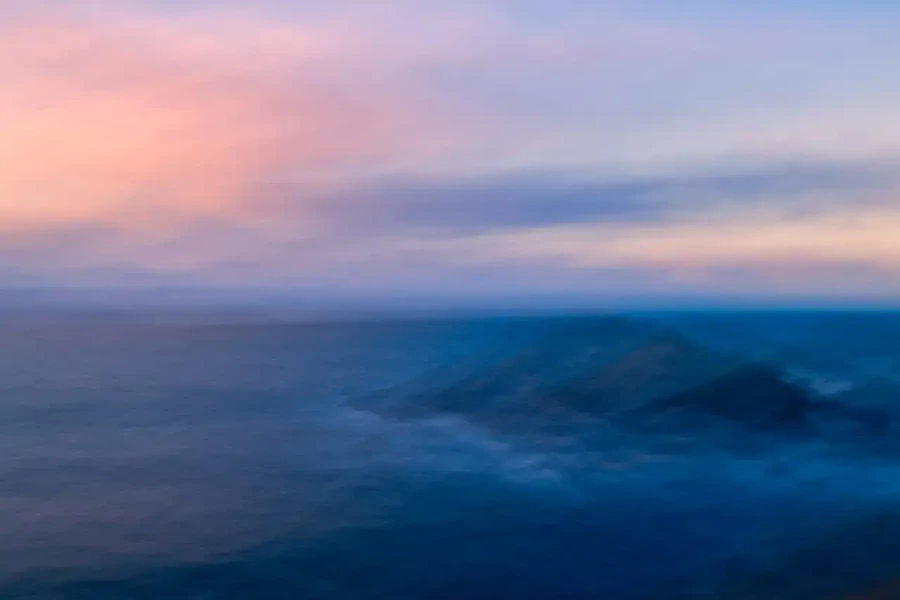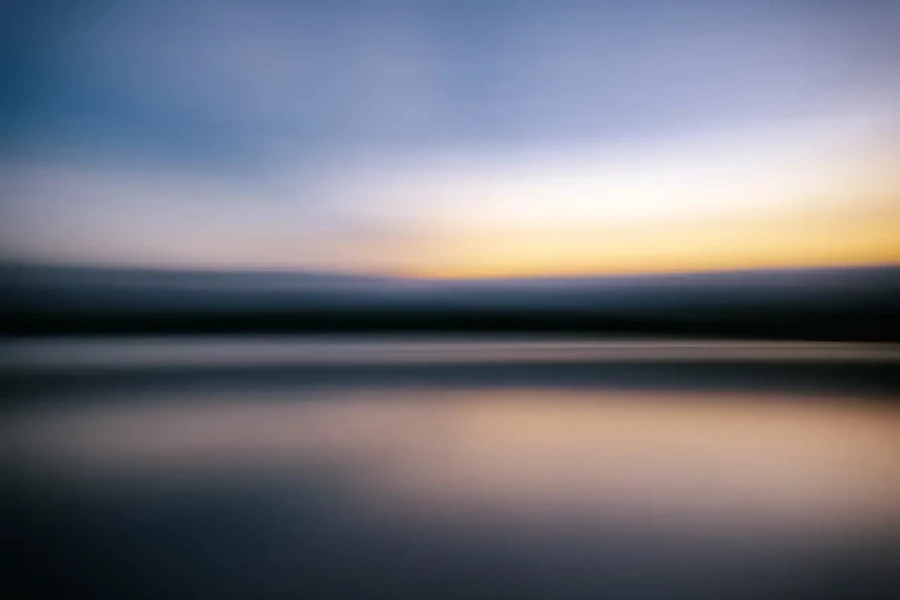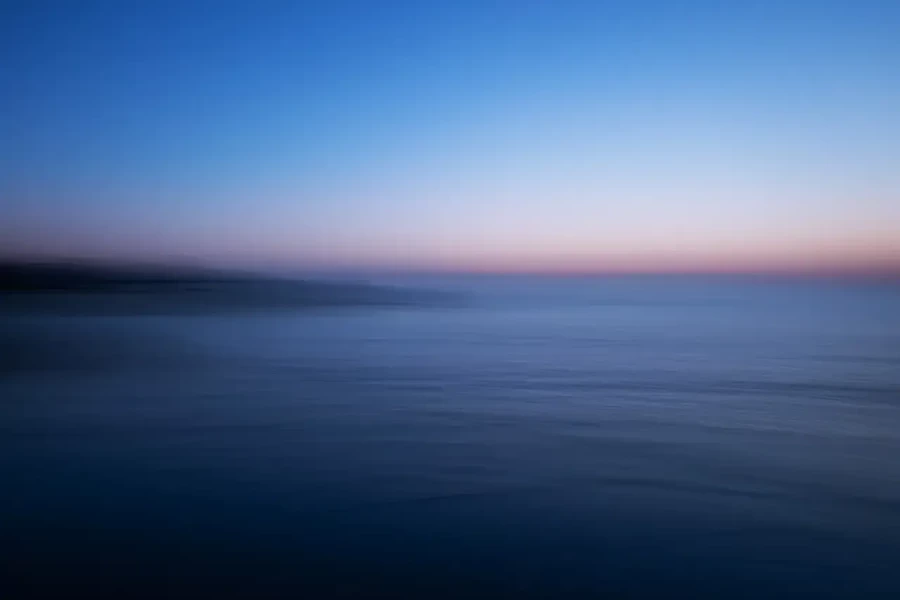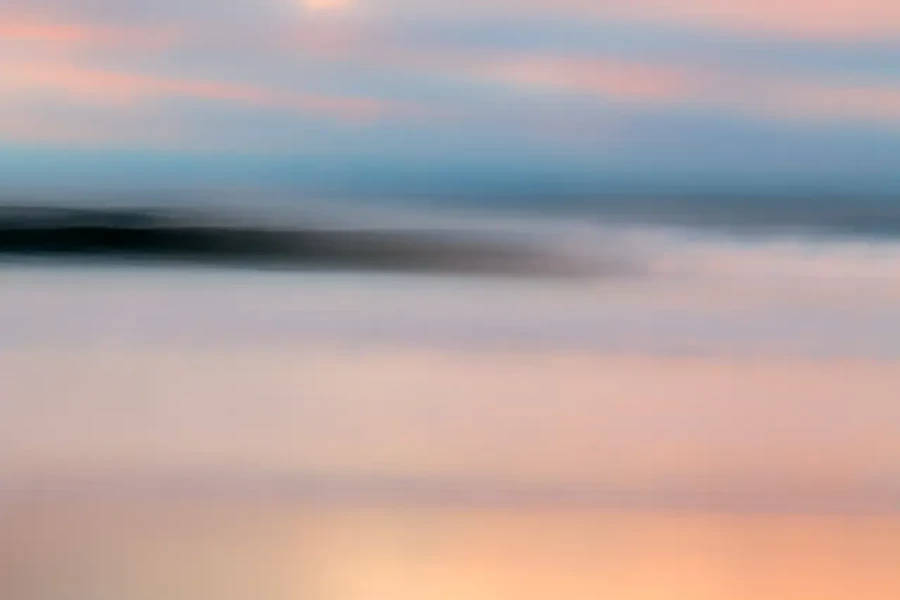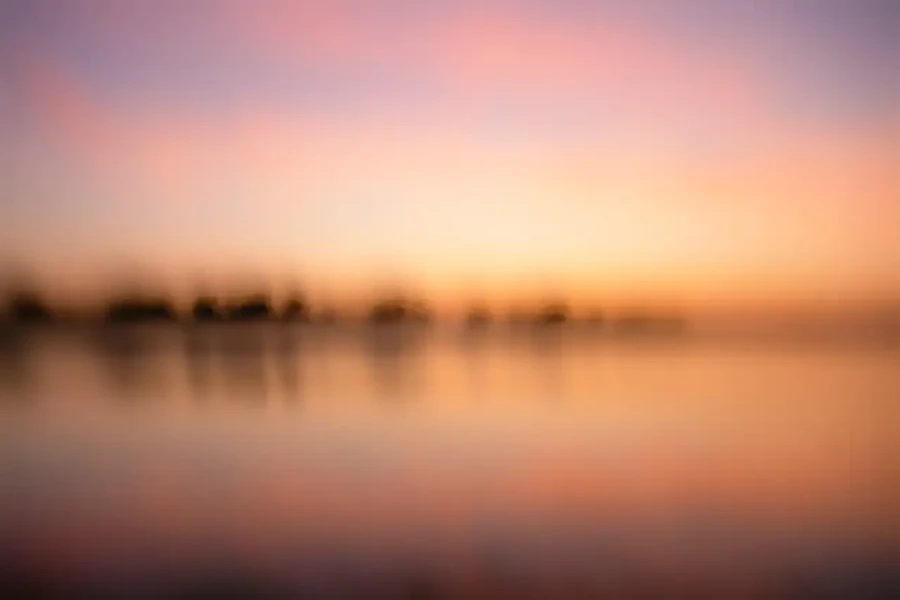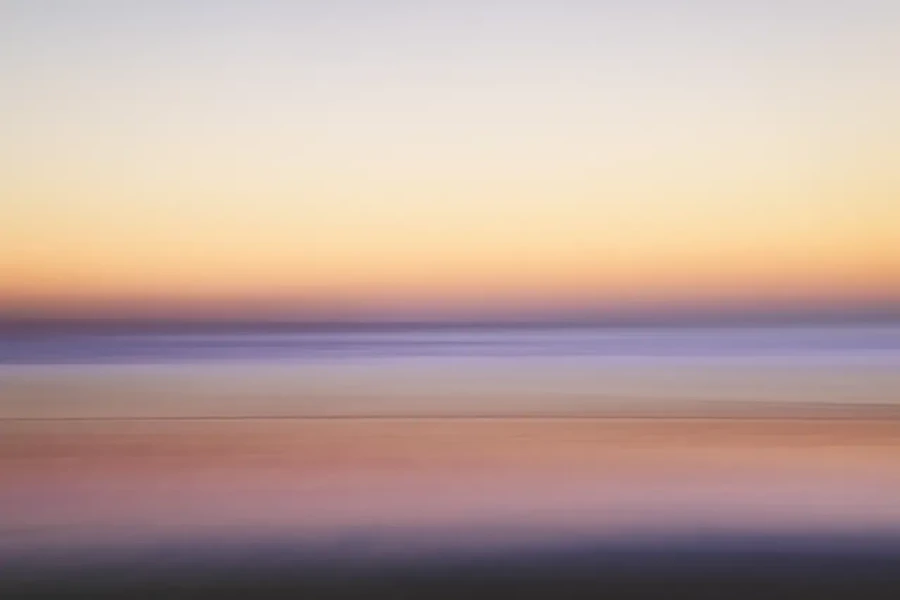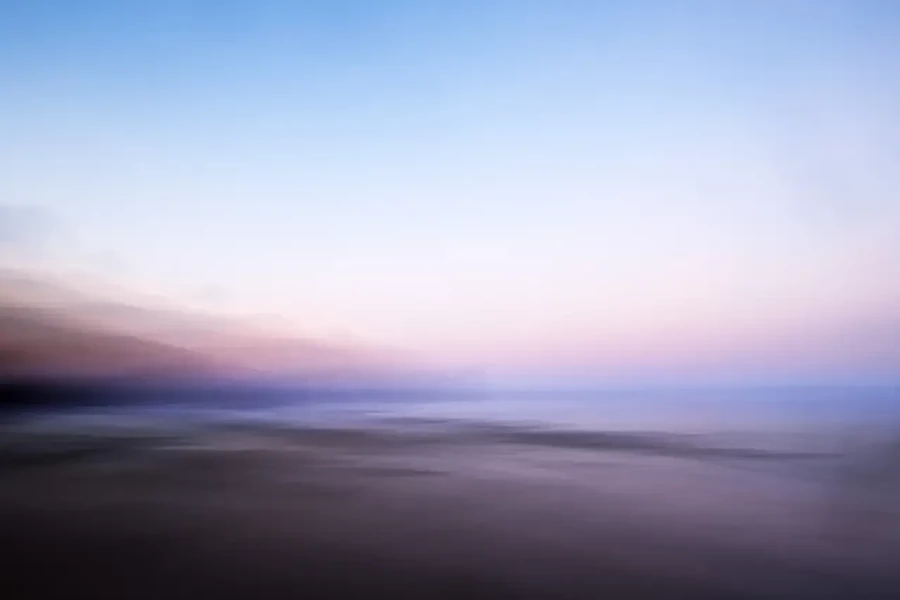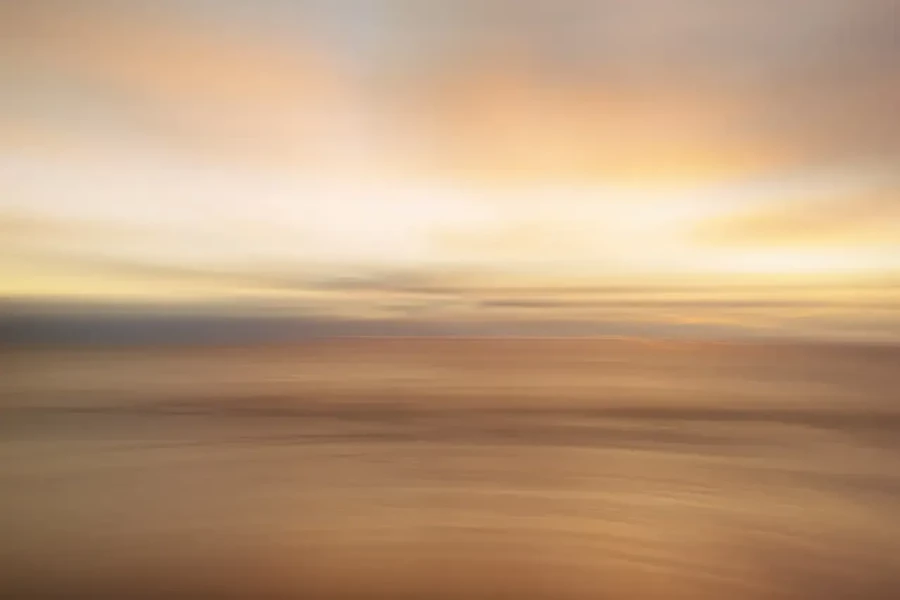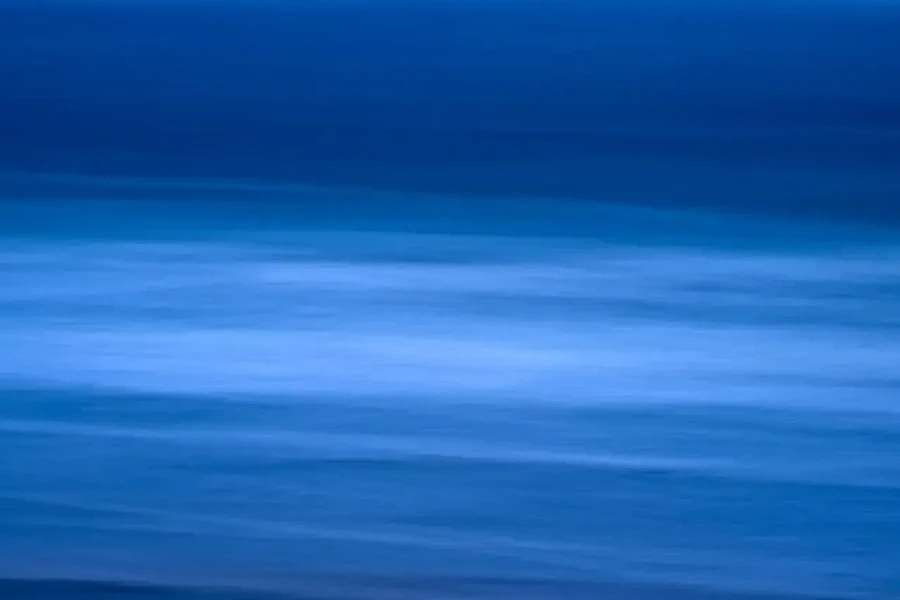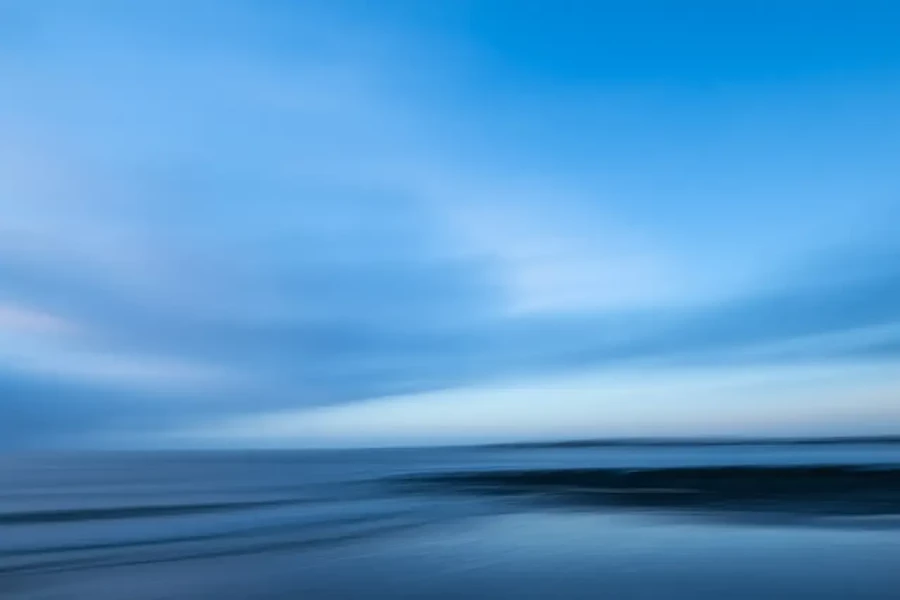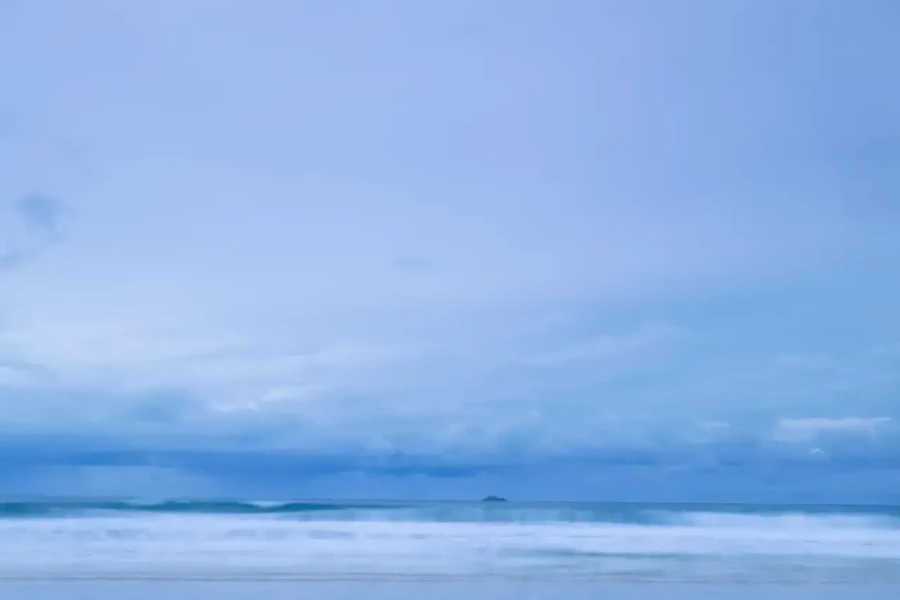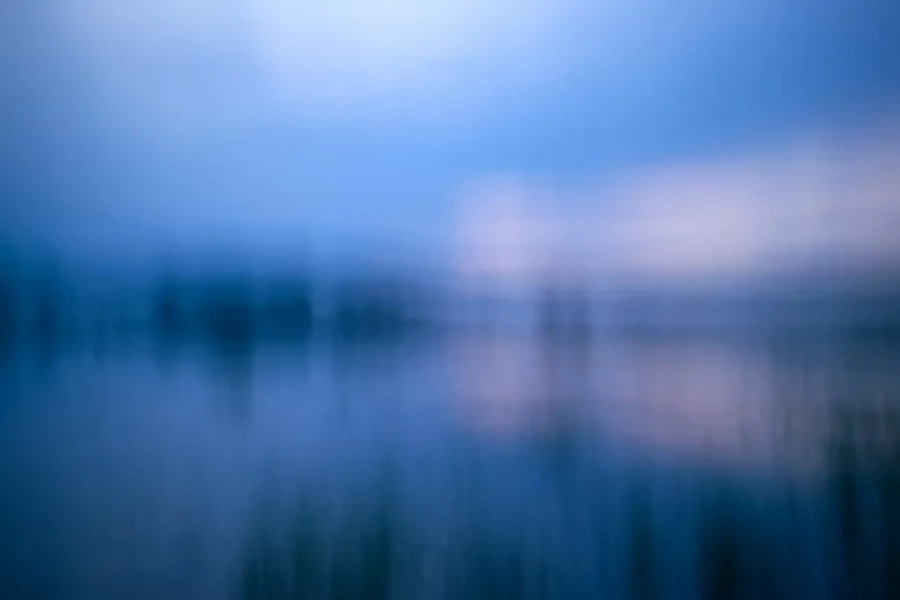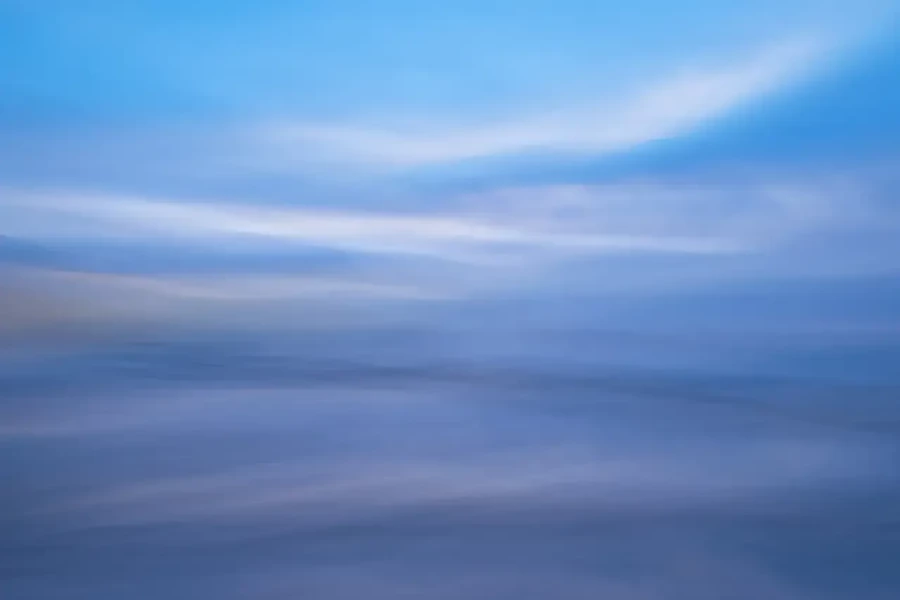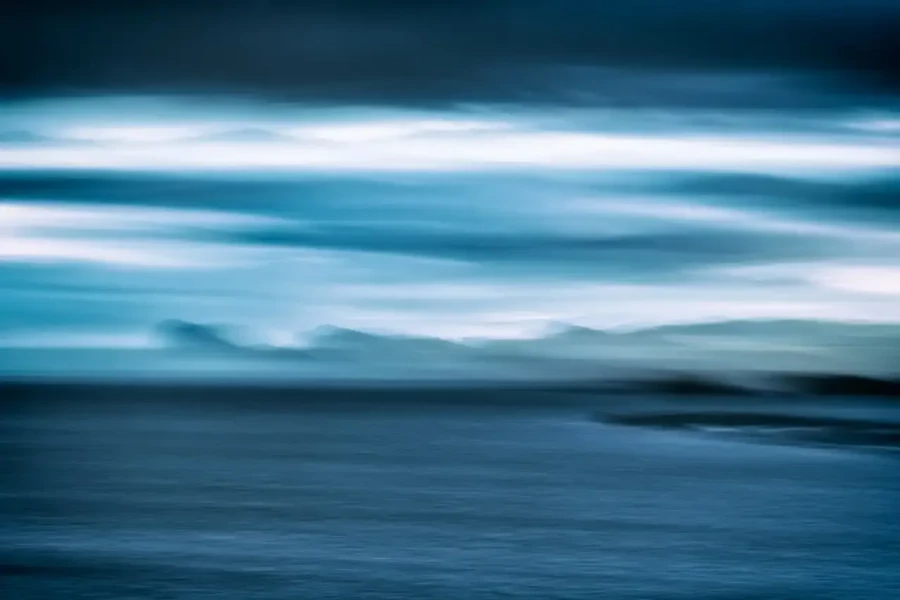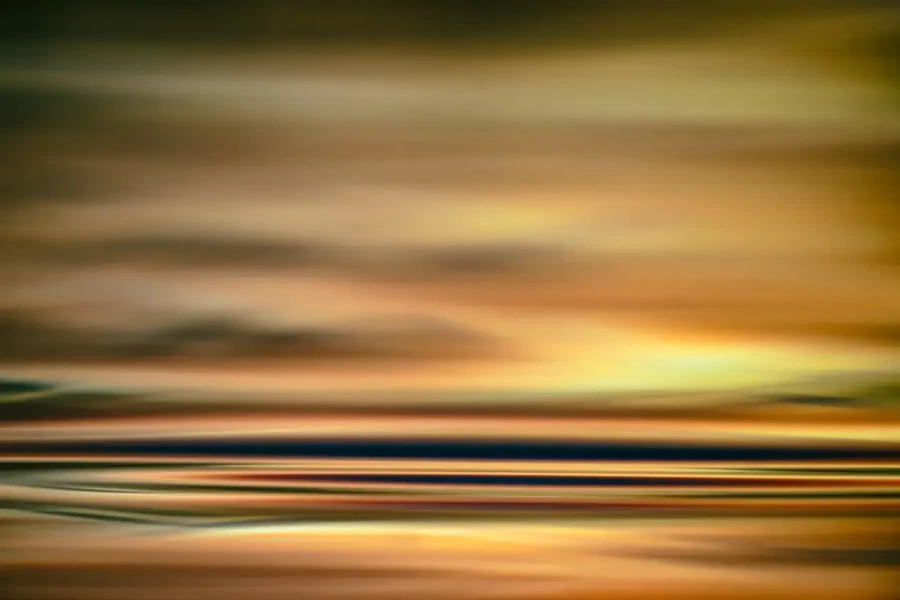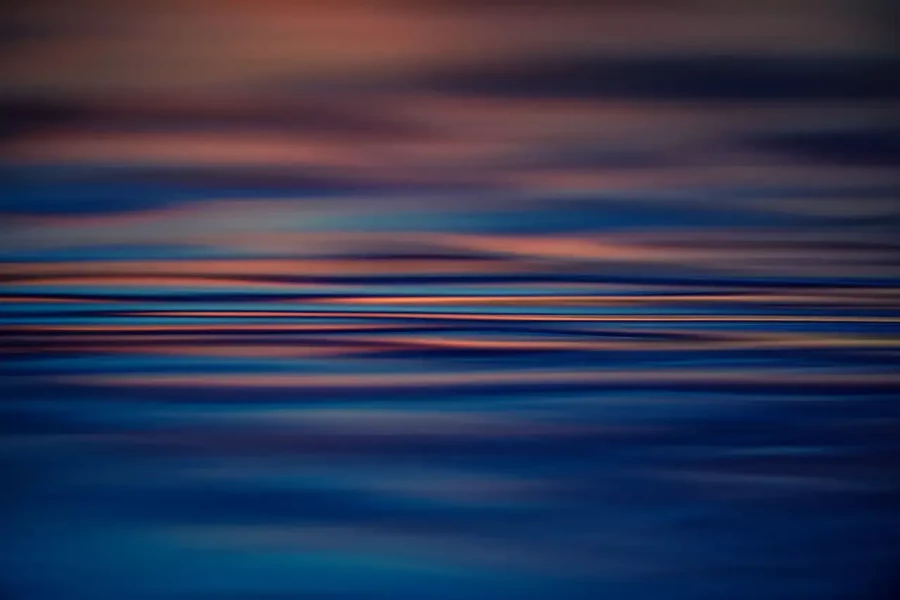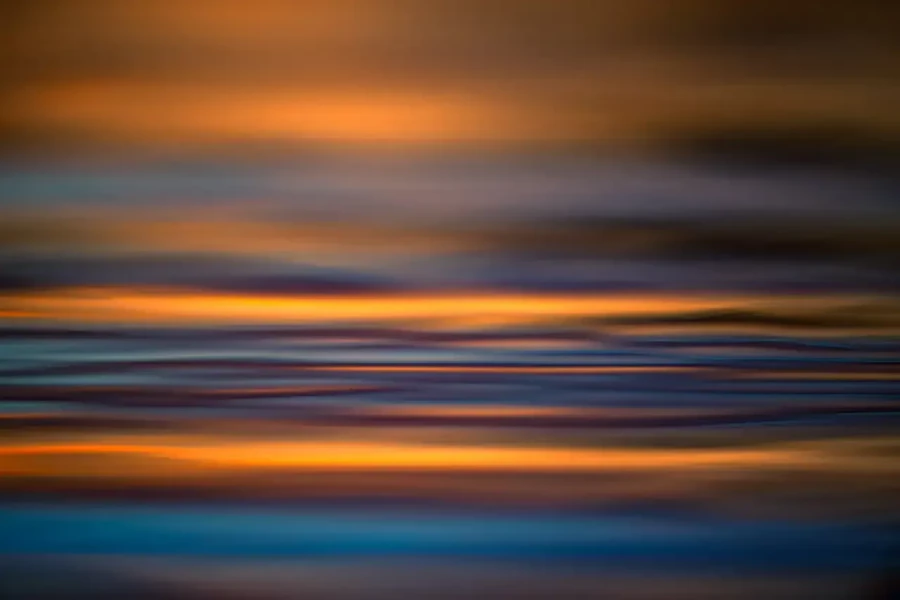Abstraction: Another Way of Seeing the World
Abstract art seeks to refine sensation, to dematerialize it, by stretching out a plane of architectonic composition where it becomes a purely spiritual being - a radiant, thinking matter, no longer the sensation of the sea or the tree, but the sensation of the concept of sea and the concept of tree.
Gilles Deleuze and Félix Guattari.
In abstract photography, the quest is not for the subject itself, but for the feeling of wonder - that moment when reality transforms into emotion, when nature becomes a language.
Nature, an inexhaustible source of inspiration, offers far more than images faithful to reality: it opens a field of expression where emotions can be translated, messages conveyed, or pure contemplation invited.
In my abstract photographs, the idea or concept takes precedence over representation. It is the viewer who, through imagination, reconstructs an inner path to understand and feel each image.
Creativity is not about photographing something new but about revealing what can be made of it once it has been found.
Faithful to my artistic approach, I always seek the most delicate lights and the most subtle chromatic harmonies. Tonal transitions are soft, never abrupt. I strive to create ethereal, evanescent images that evoke questioning rather than impose certainty.
Color then becomes a true visual vocabulary - a silent language meant to spark an intimate dialogue between the photograph and the observer.
Unlike descriptive photography, abstract photography does not aim to represent a place or an identifiable subject. It invites us to think differently - in terms of form, texture, color, and light. What matters is the sensation of the unreal, the invisible essence that emanates from the visible.
The abstract language seeks to free photography from imitation of the world, to grant it a spiritual dimension. It aims to build a pure emotional connection between the image and the viewer.
Color plays a fundamental role: it touches the soul with the same power as music. Abstraction then becomes an inner experience - a quest for the absolute, a bridge between the visible and the invisible. It strives to purify photography of everything external to reveal its essence - its universal truth.
Two main currents are often distinguished within this expression:
- Warm abstraction, spontaneous and expressive, guided by freedom and the impulses of feeling.
- Cold abstraction, more rigorous and geometric, focused on structure and formal purity.
These two dimensions complement and dialogue with one another, revealing the infinite richness of our ways of seeing the world.
